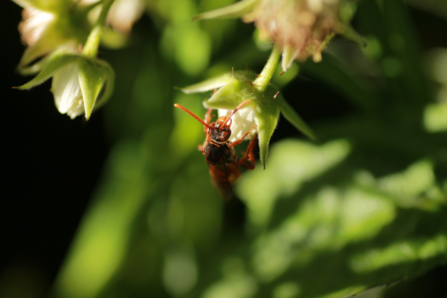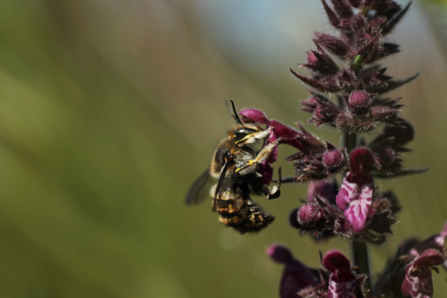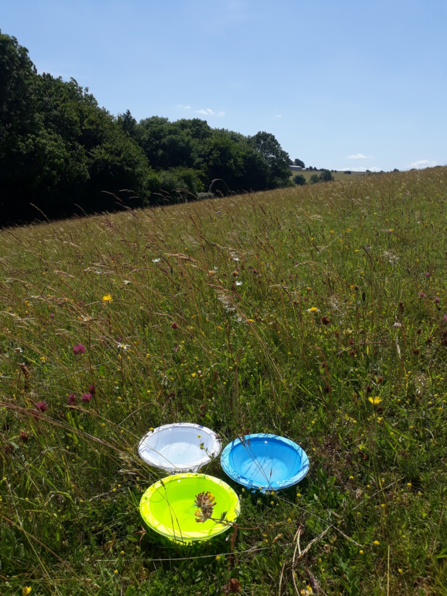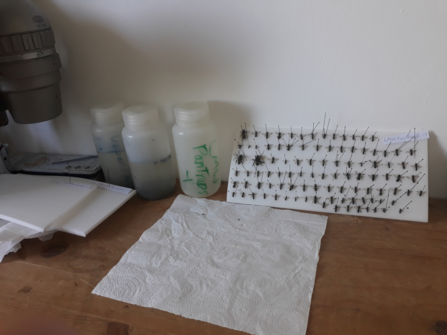My name is George Allen. I am a final year marine biology student at the University of Plymouth, Devon and I have the intention of transitioning my career path from the marine biological sciences to biodiversity, with a focus on insects as my model species. I am particularly interested in continuous monitoring, mapping biodiversity in response to environment and understanding the intricacies of insect population function. I am also an amateur bee taxonomist, which gave me the confidence to run this project.
Bees really are great, they pollinate flowers and food crops whilst feeding on nectar, act as a major food source to birds and badgers, aerate soils by digging long underground tunnels and some of them even produce honey for us humans to eat. People like bees. Admittedly, people probably don’t like bees as much as me, but nevertheless, when compared with other insects bees are in the good books of the general public. Your average Joe wouldn’t think twice about a bee buzzing leisurely around their flower garden, going about its business in order to find food for its queen if it social, or prepare balls of pollen to bring back to its nest if it is solitary. A yellowjacket wasp on the other hand, if attracted by the sweet sugary aroma coming from average Joe’s vodka lemonade, would no doubt be greeted with an onslaught of wild arm waving and swatting, the confused wasp eventually being shooed away or squashed under a rolled-up newspaper.






